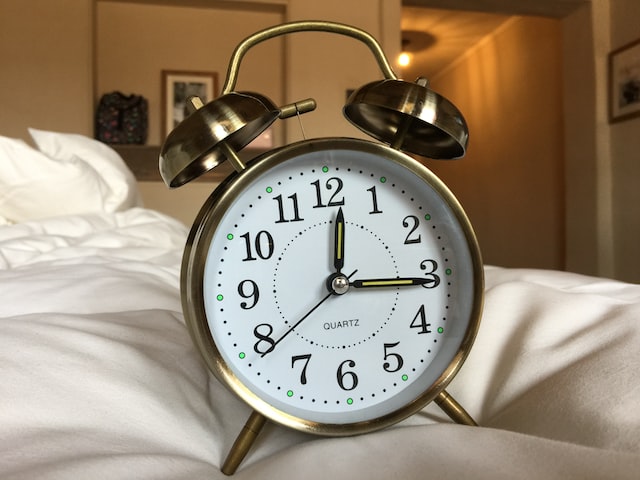We’re in the middle of winter already. During this time of the year, many people start to experience the case of the mid-winter blues. What is that? This is also known as mid-winter depression, or seasonal affective disorder (SAD). Some winter depression symptoms include lacking energy, always feeling sad, or not getting enough sleep. If this sounds like it is you, there are ways you can cope with this problem. Let’s learn four good ways you can deal with these mid-winter blues.
Go to the Gym and Exercise
It’s a known fact that exercise is great for the mind. It helps fight depression and boosts your mood. A daily one-hour walk in the middle of the day could be as helpful as light treatment for SAD. It can work as well as antidepressants in fighting mild-to-moderate depression. Dr. Jacqueline Gollan, Ph.D., professor in psychiatry and behavioral sciences at the Northwestern University Feinberg School of Medicine in Chicago, says that doing it frequently could help you in lowering depression. “Getting at least 20 minutes of vigorous activity four times a week has been shown to reduce depressive mood,” she says. So get up and get active.
Maintain a Healthy Sleeping Routine
In addition to exercising more, getting adequate amounts of sleep is also important. The standard amount of sleeping hours is at least 7 hours each night. Sticking to a consistent sleep schedule each night is beneficial. One tool that could help you do this is an alarm clock. Each night, be sure to set your alarm clock to the same time you plan to get up every morning. Also, when the alarm starts to go off on it, don’t hit the snooze button. This could erode the quality of your sleep leaving you groggy during the day.

Check your Vitamin D levels
During the winter season, our Vitamin D levels tend to go down due to the lack of sunlight and shorter days. Less sunlight can disrupt your body’s circadian rhythms, and cause a drop in Vitamin D leading to depression. That’s why you must spend some time outdoors as much as you can. If your schedule allows, set aside time for an early morning or midday stroll around a park. People with seasonal affective disorder typically like to use a full-spectrum light box to help regulate their body’s circadian rhythms. Talk to a doctor or mental health professional about the right times to use this tool during the day. Also, advise him on whether a Vitamin D supplement is right for you.
Make Time for Missed Chores this Winter
If you have been putting off some time to complete some important chores around the house, the wintertime is a good time to do this. Staying busy around the house is a great way to kick those mid-winter blues. Been putting off organizing your pantry? Have an interesting recipe you always wanted to try? Maybe you’ve been stalling at organizing your bookshelves. Whatever it is, take advantage of these gloomy winter months to get these tasks done.
If you’re dealing with mid-winter blues, try one or some of these things to help you beat it. It’s not easy for a lot of people to control those periods of seasonal affective disorder in the winter. But it could be done if you do what’s necessary to seek the help you truly need.
If you need a little extra help, I happen to have a free planner and journal you can use to help you manage SAD. Just click here to grab this tool. As always, I encourage you to leave a comment or two if you’ve been dealing with mid-winter blues or know someone who has. Be sure to like or share this post with someone you care about experiencing mid-winter depression.

